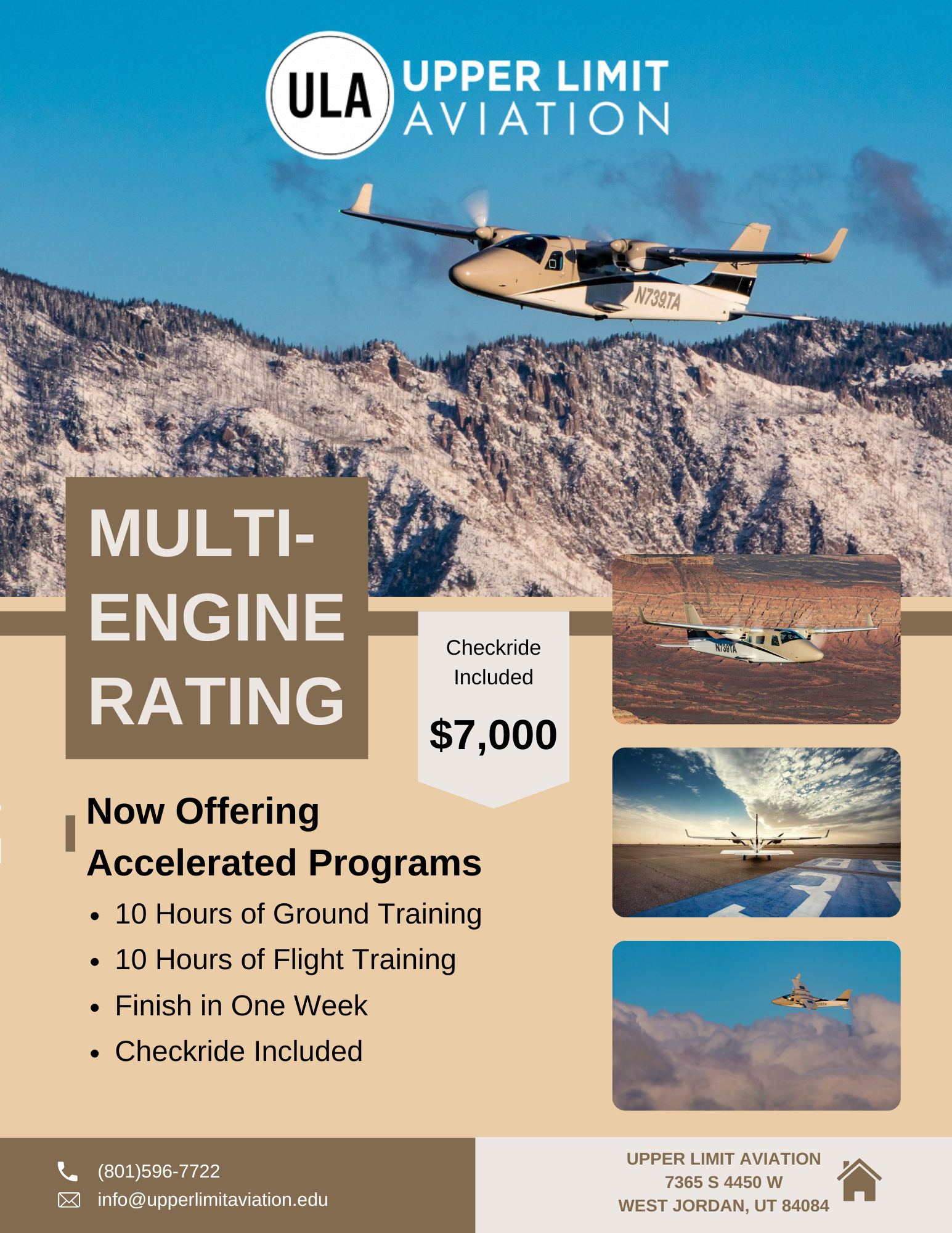How Private Pilots Can Fly Like Airline Pilots
Fly like the big dogs: here are some little things private pilots can do to fly like airline pilots. Vern Weiss Private pilots who fly small aircraft are at a disadvantage when compared to airline pilots engaged in commercial airline flying. When you’re a “solo act,” you do not have the benefit of a large […]
How Not To Impress a Friend With Carburetor Icing
Shawn Arena Welcome back for another installment of one of my ‘lessons learned’ stories from my personal flying experiences over the years. This particular story, about carburetor icing, could have just as well been sub-titled: “How do you un-declare an emergency?” A Beautiful Flying Day with a Beautiful Friend Our story this time takes place in the […]
Un-Learning as You’re Learning How to Fly Airplanes
Shawn Arena Okay, you have checked another box in your journey to earning your private pilot certificate. You and your instructor have set up a ground training schedule and an aircraft has been selected for your training. The next logical step then arrives, as you ask yourself, “So, HOW do I fly airplanes?” I’ll now […]
Flight Training Aircraft: The Most Common Types and Models
Shawn Arena So, in your journey to earn your pilot certificates, you have most likely (a) enrolled in a flight school, (b) been presented the ground and flight curriculum you will follow and, (c) been assigned a flight instructor. The next step is the actual flying. At this step, you will most likely be learning […]
The Cessna Training Program: Flight Training the Cessna Way
Shawn Arena So you have decided to not only begin flight training, but have focused on using Cessna aircraft and their associated Training Program. First a caveat – regardless of the type of aircraft and program selected, the main goal is training you safely, efficiently, (and as in this case) the use of a specific […]
Aviation and Your Flight Training: Choose the Best for a Lasting Impression
Wilson Gilliam, Jr. A paper on economic aerospace forecasting could be as thick as your computer screen is tall. Even the FAA Aerospace Forecast Fiscal Years 2015 – 2035 is nearly 140 pages long. I’m glad this post is long on brevity and to the point about how you can fit into the increasingly influential […]
Cessna Flight Training: Why Flight Schools Love Cessnas
Jennifer Roth It may seem odd and almost archaic these days that most initial flight training is done in a small aircraft like a single engine Cessna. Many times, students show up to tour a flight campus and they are often surprised at how small and “simple” the airplanes look. This, however, is an opinion […]
6 Must Read Tips for Your First Airplane Flying Lessons
Spencer Martin Your first few airplane flying lessons are some of the most important and memorable you’ll ever have. Here’s how to make the most of your pre-solo airplane flight training. Get Your Hands on the Controls You learned to walk by walking. You learned to drive by driving, and flying is no different. It […]
What to Expect When Earning Your Airplane Instrument Rating
John Peltier Congratulations, you just got your private pilot airplane license. You want to use this newfound freedom to fly to the family cabin in the next state, but there won’t be any VFR weather between here and there for the next week. Grounded. But what if you had your airplane instrument rating? Reasons for […]
Flying Airplanes: How Can Something so Disciplined Be so Romantic?
If everyone in the world could fly an airplane it wouldn’t be special and because of this flying airplanes requires initiative and effort but it’s rewarded with exhilaration. Vern Weiss You’ve just touched down at your destination airport. For the last ten minutes, your passenger has been scanning the ground and unsuccessfully looking for something […]
Have You Ever Thought of Becoming a Pilot?
The Journey from Fixed Wing Single Engines to Jets Shawn Arena “What do you want to be when you grow up?” That is one question I am sure almost all of us can remember being asked by either parents, teachers, or friends when we were young. Most certainly we replied with an answer such as […]
Caleb Mason: ULA Graduate and Ag Pilot
Caleb Mason, Upper Limit Aviation graduate and current Agriculture Pilot (or Ag Pilot), recently shared an update regarding his commercial pilot journey – bringing us up to speed about what has transpired since he finished the ULA flight training program less than a year ago. Ag Pilots fly specially-designed helicopters to apply herbicides, insecticides, seeds […]

